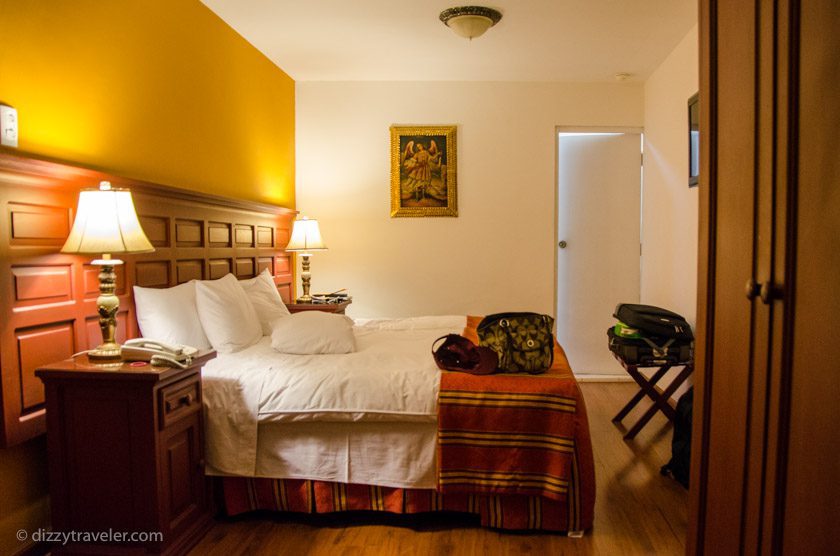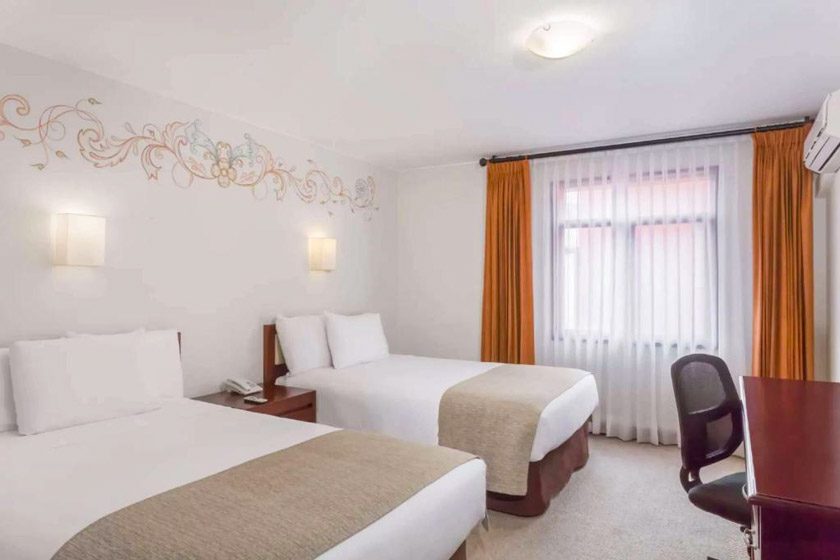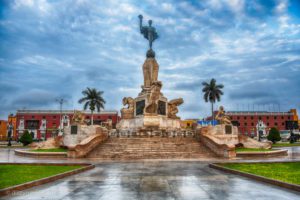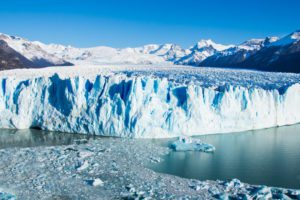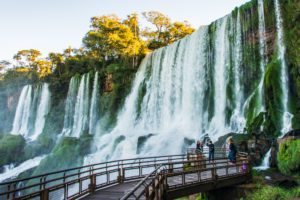One of the oldest continuously inhabited cities in the western hemisphere, Cuzco was once the political and religious capital of the Inca Empire and is today the gateway to Machu Picchu. In addition, Cusco is the center of the Quechua culture, a UNESCO World Heritage Site, the Historical Capital of Peru, and one of the most visited cities in the country. Situated at an elevation of 11,150 feet, Cuzco was laid out on a grid plan in the shape of a puma, a sacred mountain lion. The pre-Inca site of Sacsayhuaman, on a plateau near the city’s northern edge, forms the head of the puma, and the Coricancha temple forms the center of the grid.
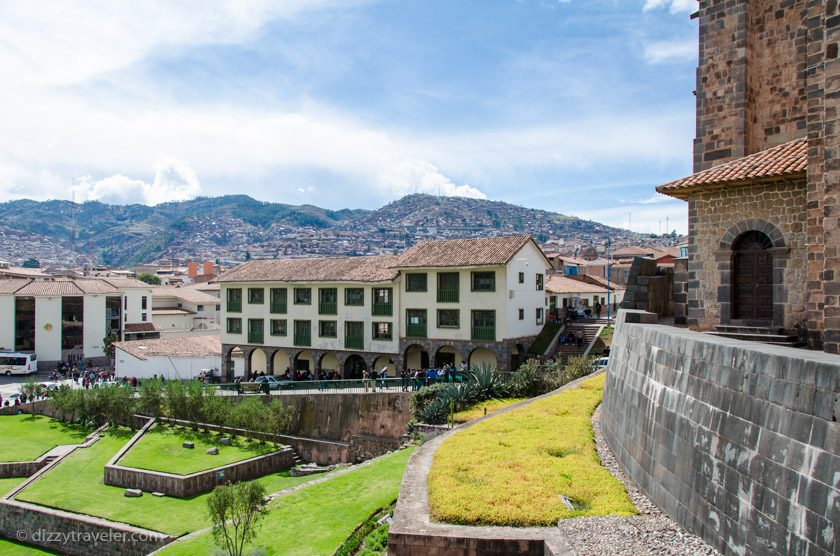
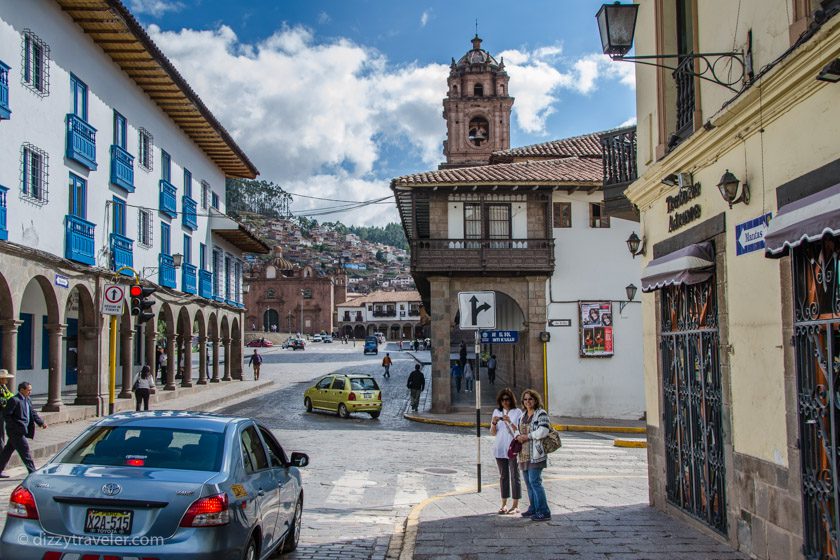
Best Time to Travel
There will never be a bad time to visit Machu Picchu. Each season offers plenty of reasons to visit. October through April is the official rainy season, but that does not prevent many travelers from visiting the UNESCO site. Machu Picchu is open year-round, and peak season is July and August; you should always expect crowds during this period. Sundays can be the most crowded because that’s when people who live in the Cusco province are allowed into the site for free, in addition to the daily quota of 5,200 paying visitors. We went in November, and it was perfectly alright for us.
How To Get There
If you are already in Lima capital of Peru, few companies operate domestic flights between Lima and Cusco. However, they have multiple flights on the same day so that you can enjoy flexibility. A list of airlines worth trying includes LATAM Airlines, StarPeru, Avianca, LCPeru, and Peruvian Airlines. Overnight Cruz Del Sur Bus service is also available if you are interested; note that it’s about 22 hour trip between Lima and Cusco.
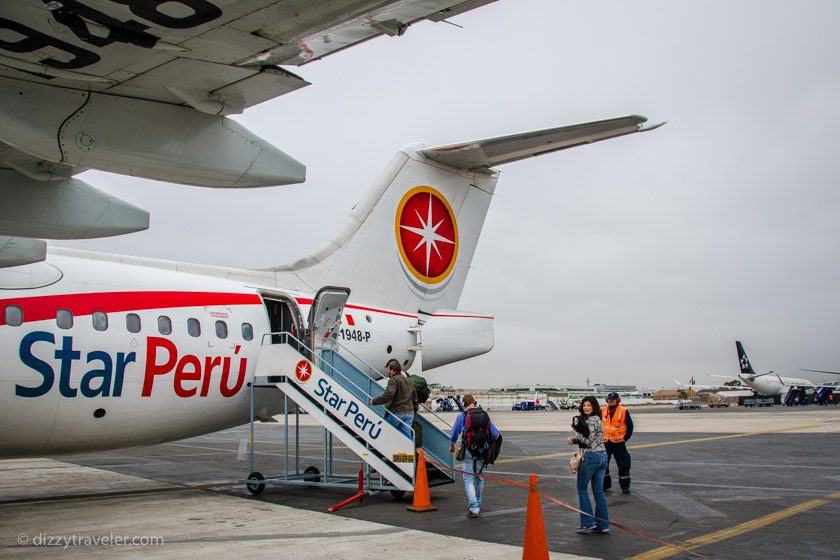
Best Things to do in Cusco
Saksaywaman (Aka Sacsayhuaman)
Sacsayhuaman is a walled complex near the old city of Cusco at an altitude of 12,000 feet (3,701 meters). The site is part of the City of Cuzco, added to the UNESCO World Heritage List in 1983. Machu Picchu often overshadows this site, but this towering ancient Incan fortress filled with well-crafted stone and dramatic vistas are definitely worth a visit. These ruins have much to see, from the giant zigzagging stone walls to the carved stone benches that form the suspected Incan throne.
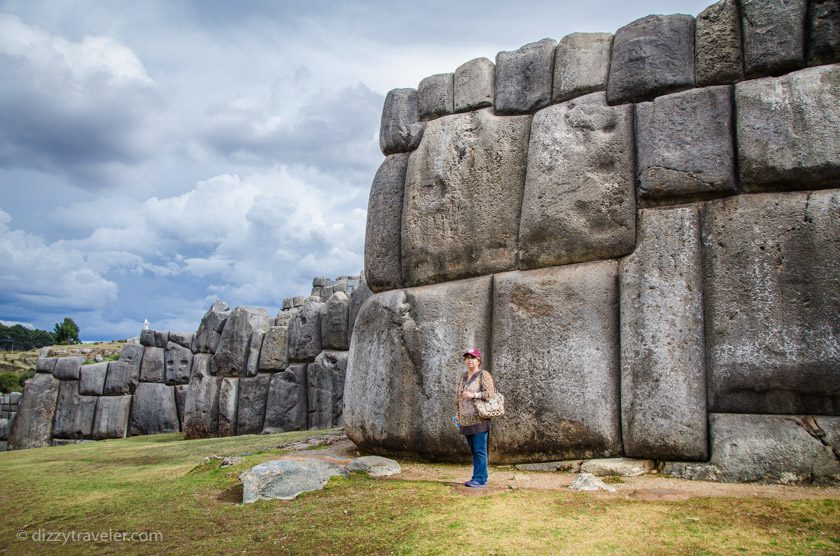
Tambomachay
The archaeological site associated with the Inca Empire is located only 5.6 miles (9 km) from Cusco by a hill. It is believed that the Incas have used this complex for religious ceremonies either directly dedicated to the water’s worshipping or for other rituals that included the use of flowing water. The site consists of aqueducts, canals, and waterfalls running through the terraced rocks. If you are in Cusco, then it’s a must-see.
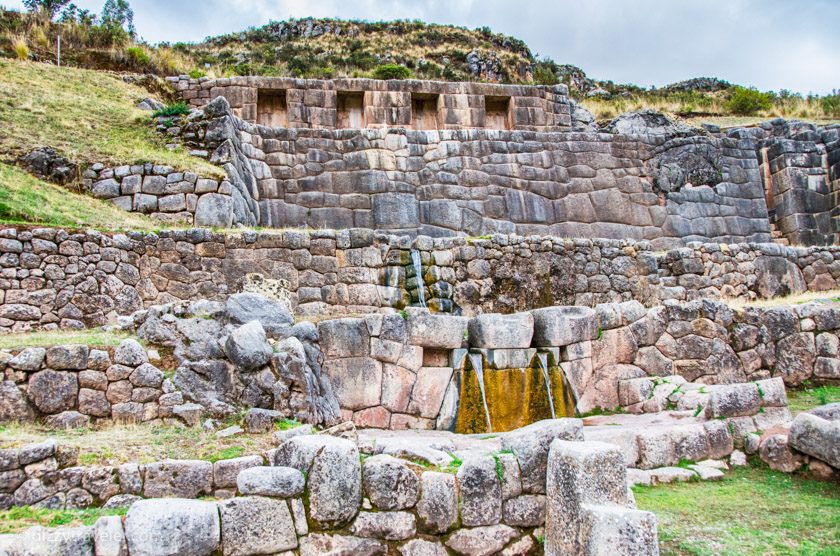
Cusco Cathedral
The Cathedral Basilica of the Assumption of the Virgin, also known as Cusco Cathedral, was built in 1560 and took nearly 100 years to complete. The Cathedral is a designated UNESCO World Heritage Site on Plaza de Armas. The whole structure is magnificent and undoubtedly one of Cusco’s most impressive and significant monuments.
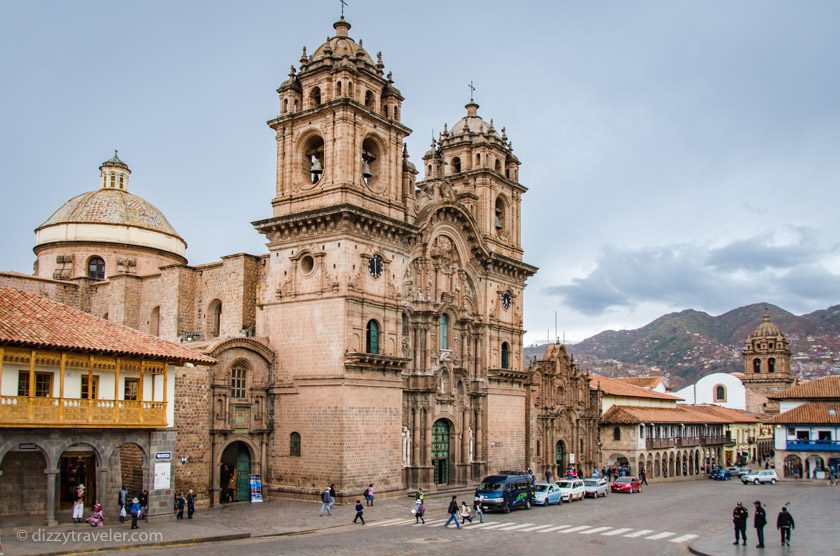
Coricancha, The Incas Temple of The Sun
Coricancha, or Qurikancha, was the most important temple in the Inca Empire, dedicated primarily to Inti, the Sun God. It was one of the most respected temples of the capital city of Cusco. The Coricancha (sometimes spelled Qoricancha) was the centerpiece of a vast astronomical observatory and calendrical device for precisely calculating precessional movement. The Inca took over an earlier sacred site at the center of the city, upon which they constructed their primary temple and an astronomical observatory.
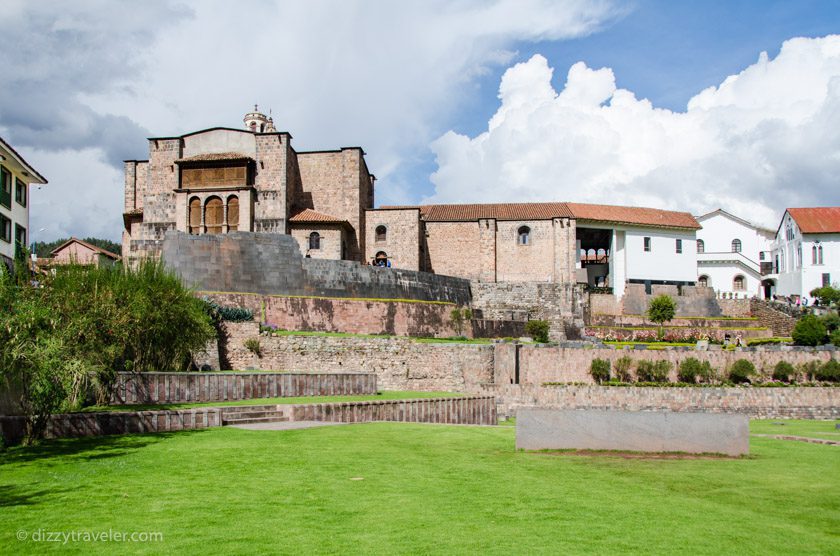
The Spanish eventually demolished Qurikancha and built the Church of Santo Domingo on its foundations. Today one can still see Inca walls within the Church. There is a small charge to enter the church, which is situated just off the Plaza de Armas.
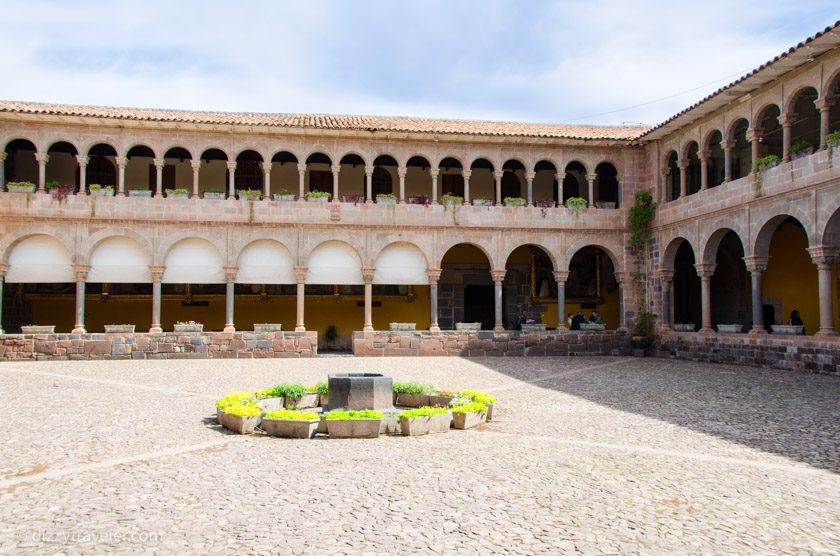
Visit Pikillaqta
Pikillaqta is a large Wari culture archaeological site 20 km east of Cusco in the Quispicanchi Province. It is a village of the Wari people. Wari was the center of the village, and other cities like Pikillaqta were influenced by it—a must-see site in Cusco.
Wander Around Plaza de Armas
The history of the Plaza de Armas stretches back all the way to the Inca Empire when it was called Huacaypata or Aucaypata. The massive square (originally twice its current size) was built as a venue for festivals and ceremonies in ancient times.
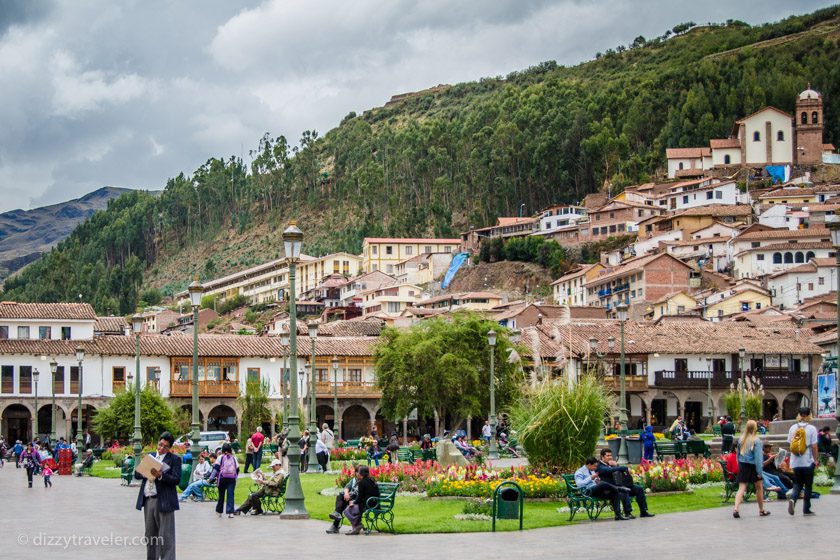
The plaza contains landmarks significant to the Andean and Spanish history and still functions as the city’s historic heart. Buzzing with activity all day and night, the most centrally located hotels, restaurants, and shops are just off the square—a great place to sit back and enjoy the beautiful view on a sunny day.
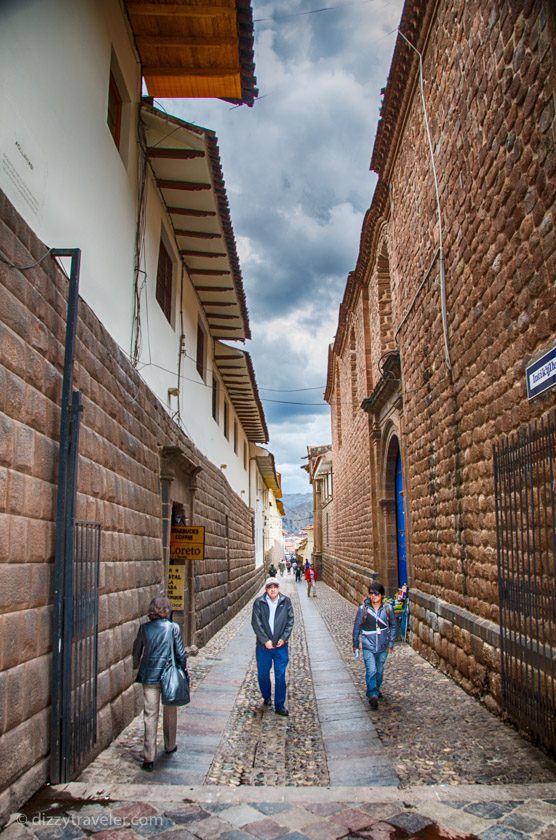
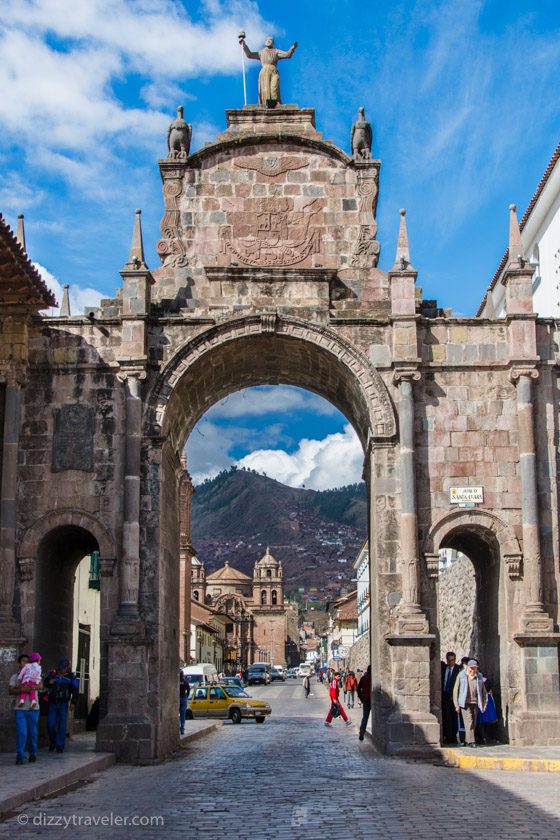
San Pedro Market
If you only do one thing in Cusco, make sure you go to the San Pedro market. This will be one of your life’s most colorful, vibrant, and eye-opening experiences. The market is segmented into various sections ranging from fresh food and produce (fruit, vegetables, meats, cheeses, bread, etc.) to local textile stores, juice stores, and pop-up restaurants. Not to be missed!
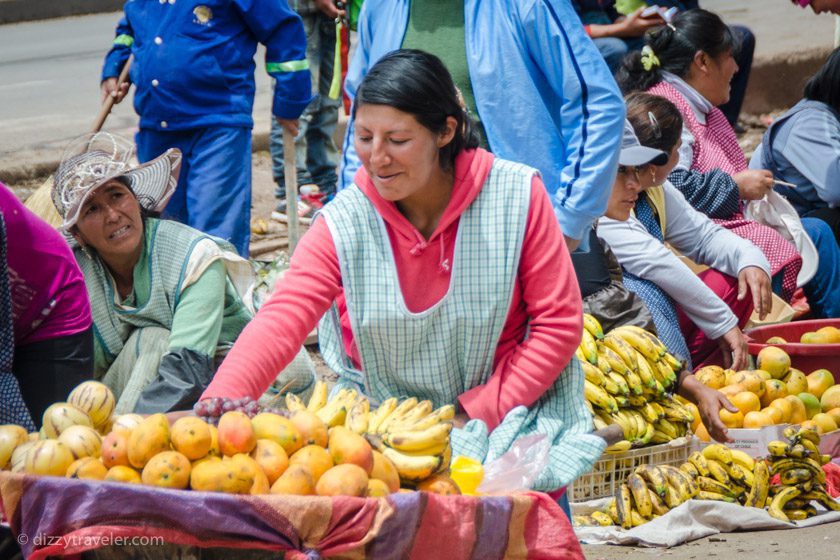
Walking Tour
Discover the beauty of the capital of the Incan Empire, the incredible city of Cusco. Follow the roads from the city’s main plaza, once thought to be the center of the world, and visit the Temple of the Sun and the Convent of Santo Domingo. Once you begin your walking tour from the main square, you will enjoy some incredible panoramic views of the city around San Pedro Market.
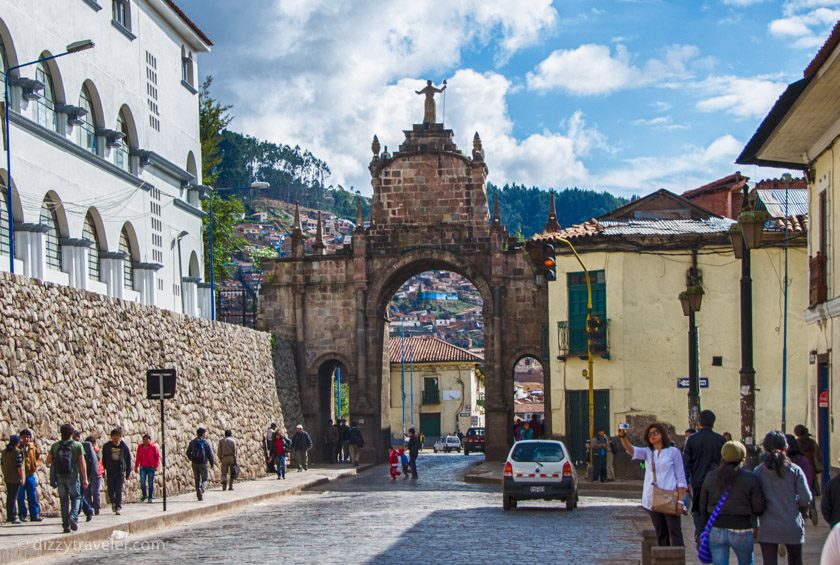
Try Local Food
Since Cusco is the hub of Machu Picchu, you’ll find everything from Thai to Chinese to pizza to McDonald’s …oh and there’s local Peruvian food too. Peru’s national dish is ceviche, and it’s one of the better meals you’ll have in Cusco. In addition, there are various ways they prepare and eat Alpaca meat. It has a sweet taste that reminds me of pork tenderloin and is absolutely delicious! The delicacy in Cusco, however, is Cuy, otherwise known as Guinea Pig. Many people have quandaries about eating guinea pigs, but I’ll try just about anything. Sadly, I can only report that it tasted like chicken….and overpriced chicken.
Try some of the regional cuisines. You don’t have to eat guinea pig (Cuy) or alpaca to have an authentic dining experience; dishes like Lomo Saltado (steak sauteed with spicy peppers and onions) are delicious and often very inexpensive. Take advantage of the fact that you can eat like royalty in Peru for less generally than you can get a burger and a beer in the States.
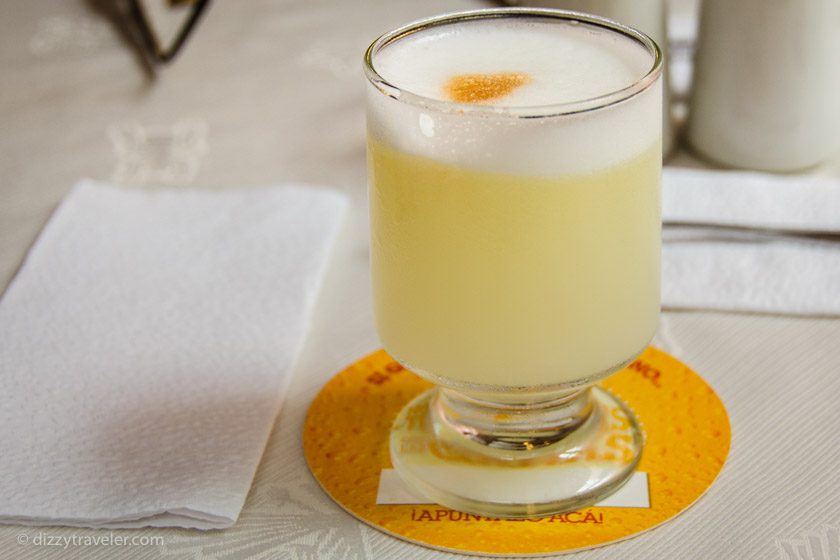
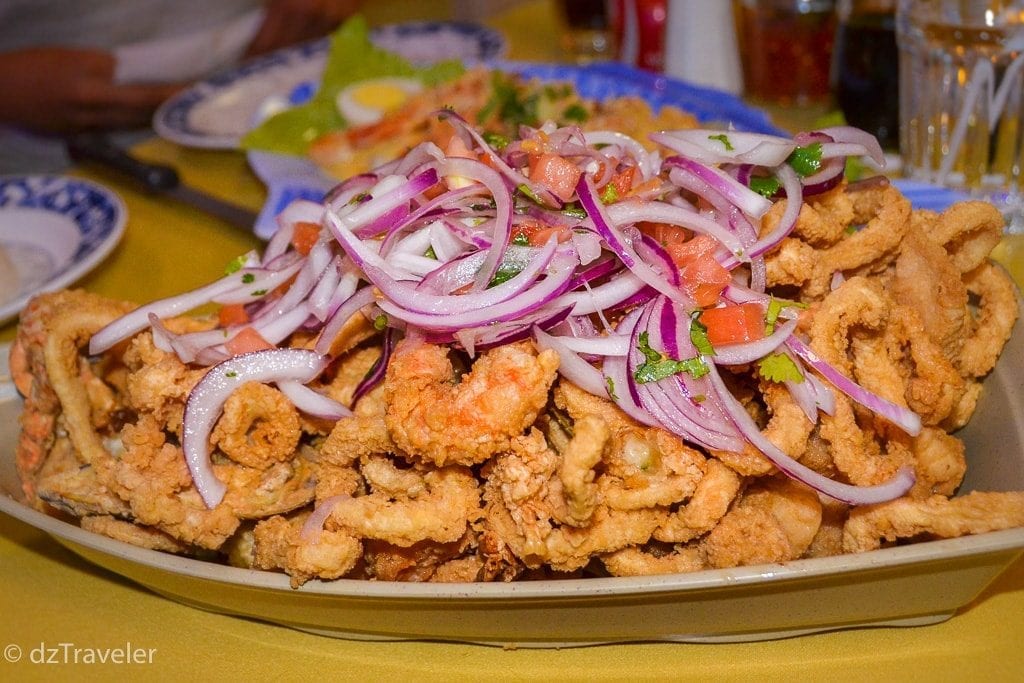
Book Your Sightseeing Trip
There are a lot of beautiful places to visit and some exciting sightseeing activities to bring unforgettable memories back home. Please click on our below affiliate link to see your options.

